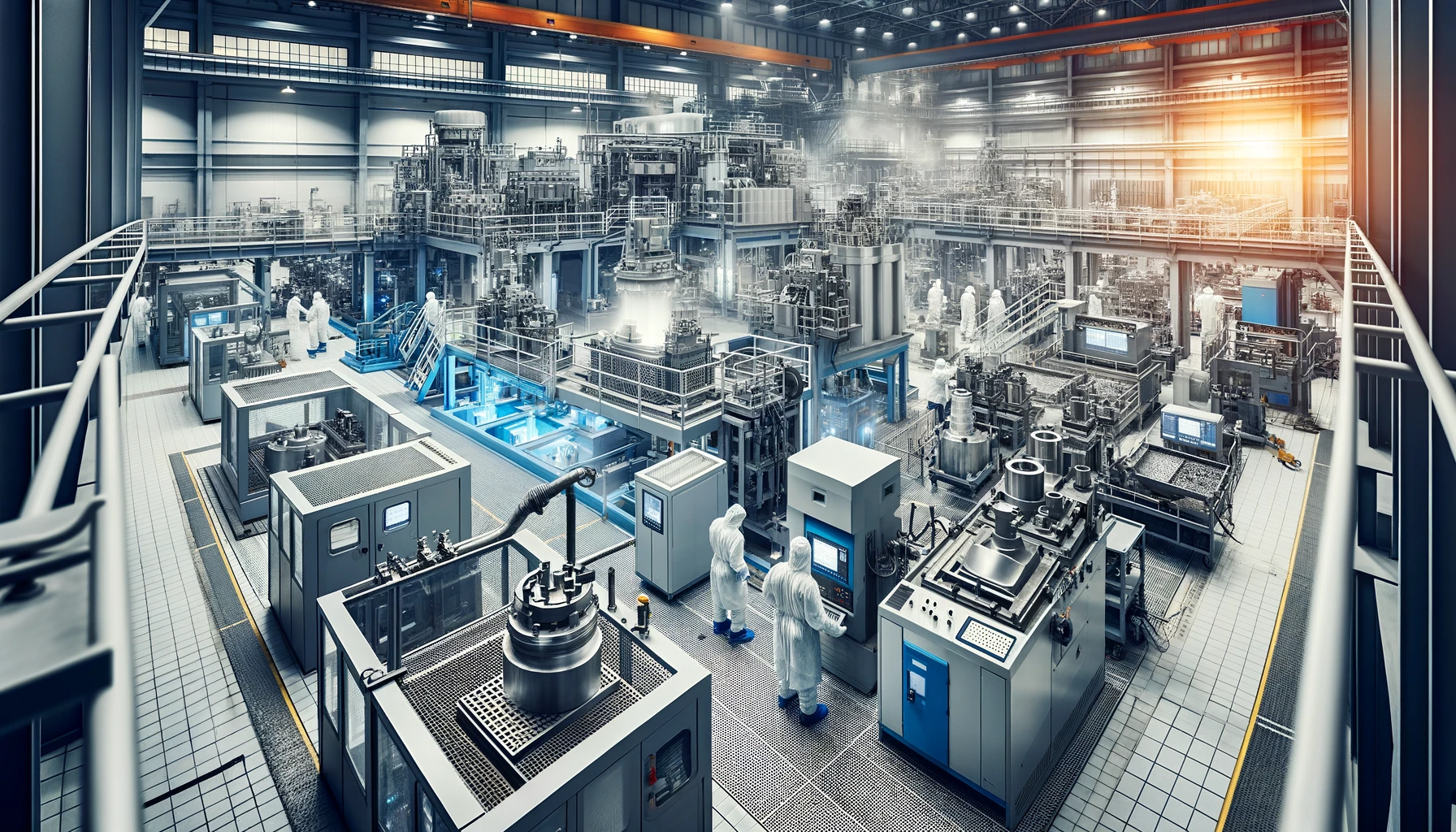Investment Casting Foundry: Precision Engineering for Modern Manufacturing
The world of manufacturing is ever-evolving, and at its heart lies the precision-driven process of investment casting. This guide provides an in-depth look into investment casting foundries and their significance in modern manufacturing.
The Investment Casting Process
Investment casting, known for its precision and versatility, involves creating a wax model, which is then surrounded by a refractory material to form a mold. Once the mold is hardened, the wax is melted away, leaving a cavity into which molten metal is poured. This process allows for the creating of complex, high-precision components with excellent surface finishes.
- Materials Used: Investment casting employs a variety of metals, including aluminum, steel, and titanium.
- Advantages: The process excels in producing parts with intricate geometries and tight tolerances, surpassing other casting methods in precision.
Inside an Investment Casting Foundry
Modern foundries blend traditional craftsmanship and cutting-edge technology. The infrastructure includes advanced machinery for melting, molding and finishing metal parts. Automation plays a key role in enhancing precision and efficiency.
- Technology and Automation: Use of robotics and computer-aided design (CAD) to streamline operations.
- Quality Control: Foundries adhere to stringent quality standards, ensuring each component meets the required specifications.
Applications of Investment Casting
Investment casting foundries cater to a diverse range of industries, owing to the versatility of the process. Key sectors include:
- Aerospace: Manufacturing of complex, lightweight components for aircraft.
- Automotive: Production of durable, high-strength parts for vehicles.
- Medical: Creation of intricate medical devices and implants.
Case Study: Aerospace Component Manufacturing
A leading aerospace manufacturer utilized investment casting to produce lightweight, high-strength turbine blades, showcasing the process’s ability to meet stringent industry standards.
Innovations and Future Trends
The investment casting industry is at the forefront of technological advancements. Emerging trends include:
- 3D Printing: Integrating 3D printing in mold-making enhances design flexibility.
- Sustainability: Adoption of eco-friendly practices in foundries to minimize environmental impact.
Choosing the Right Investment Casting Foundry
Selecting a suitable foundry is crucial for project success. Key considerations include experience, certifications, and technological capabilities. A strong client-foundry partnership ensures that projects are executed efficiently and to the highest standards.
Investment casting foundries are pivotal in modern manufacturing, offering precision, efficiency, and versatility. As technology evolves, these foundries continue to push the boundaries of what’s possible in metal casting, underscoring their vital role in various industries.

